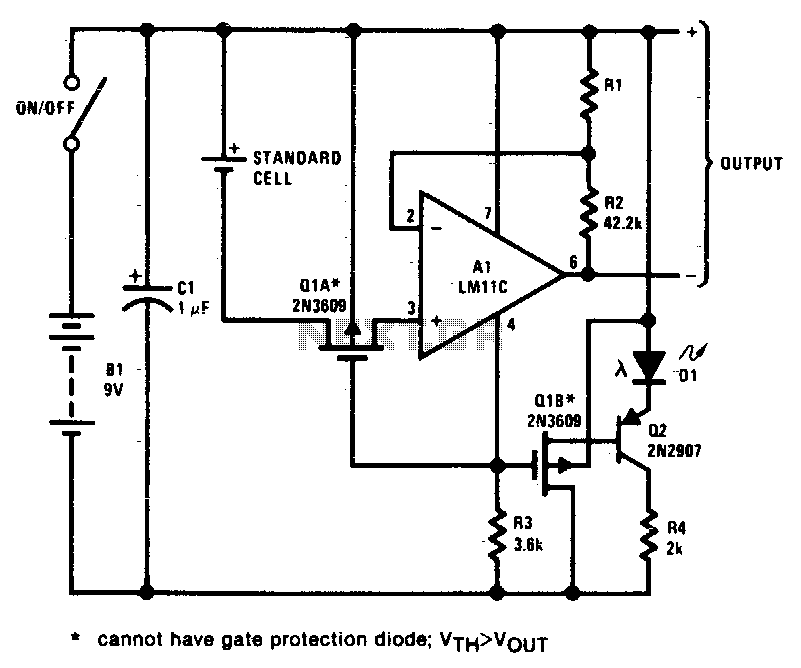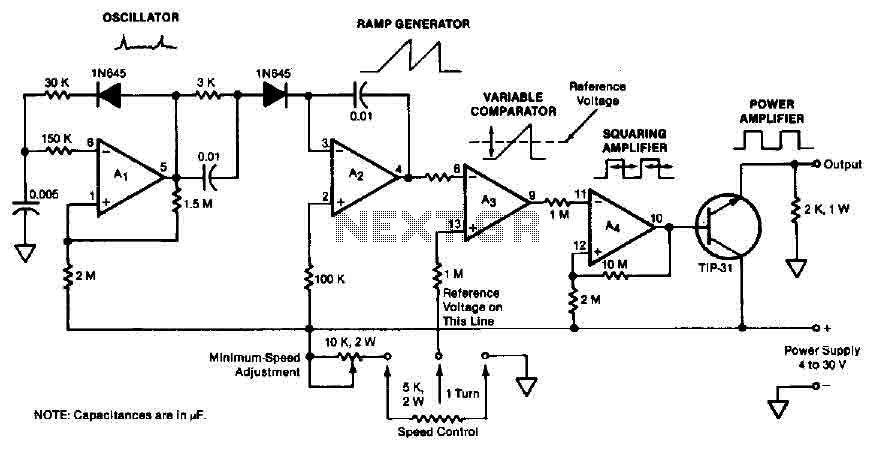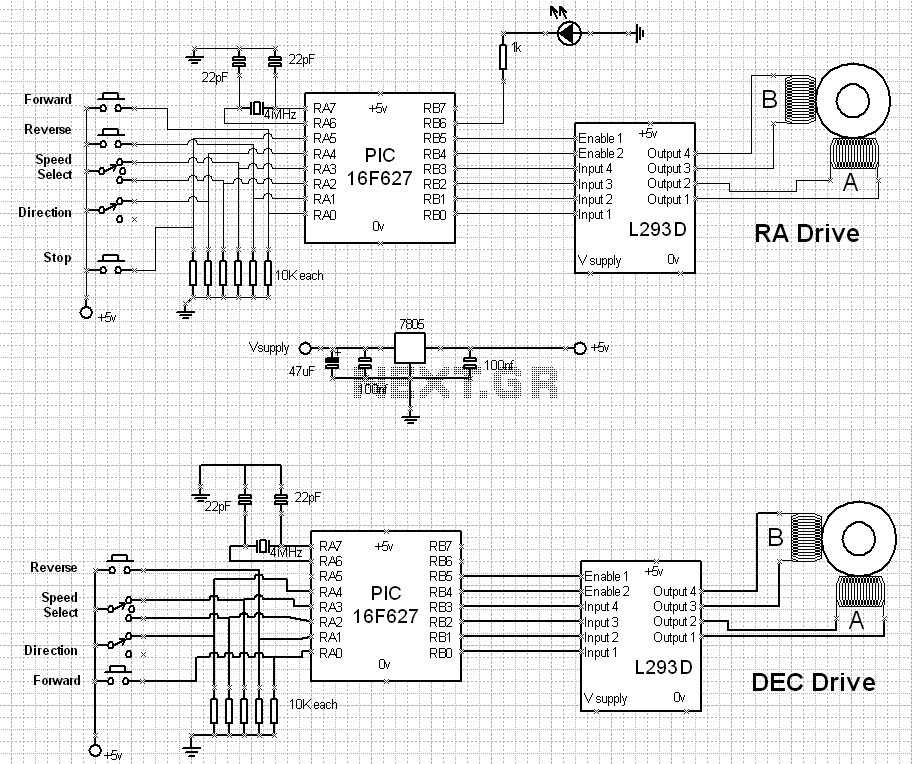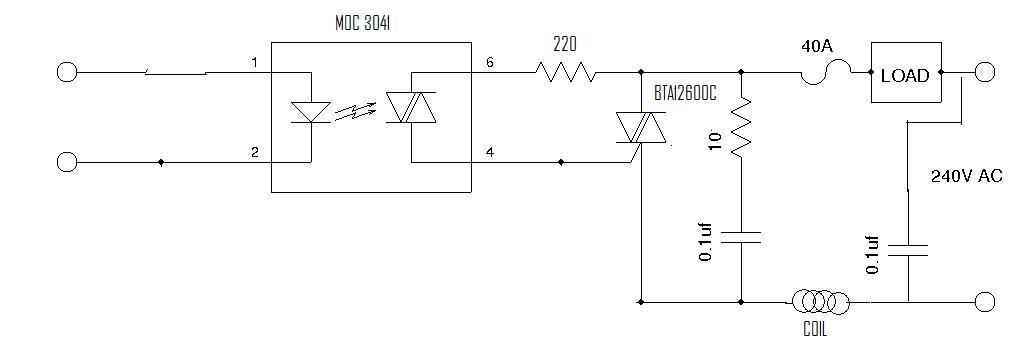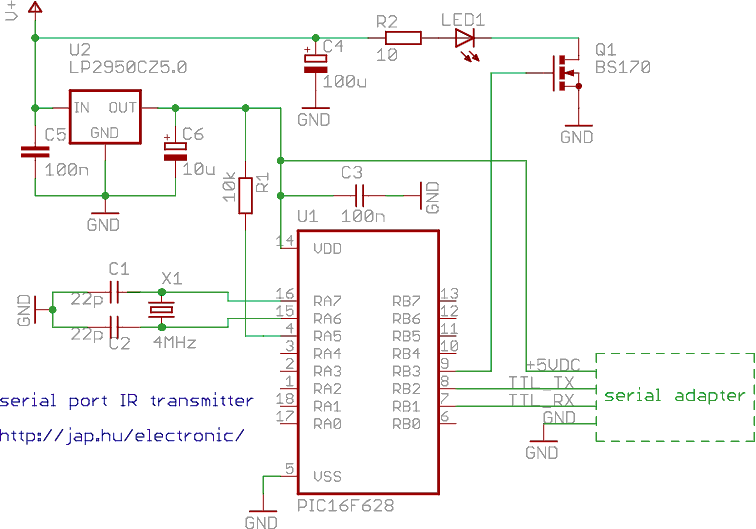
Solar Powered Remote Control Surveilance

Iron the printed layout at a low heat setting until the ink adheres to the PCB. This process may take over an hour to complete. Afterward, remove the transparent paper. Next, submerge the PCB in Ferric Chloride solution until all exposed copper is completely dissolved. Care must be taken to ensure that the ink does not dissolve, as it serves to protect the copper underneath. Finally, drill holes in the remote control car to install the PCB stands. This will prevent the circuit from shifting. Secure the circuit to the remote control car using screws.
To create a printed circuit board (PCB) for a remote control car, the process begins with preparing a printed layout of the circuit design. The layout is then transferred onto the PCB using a method that involves applying heat. The heat should be set to a minimum to ensure that the ink adheres properly without damaging the board. This step may take upwards of an hour, requiring patience to ensure a successful transfer. Once the ink has sufficiently adhered, the transparent paper used for the transfer is carefully removed, revealing the printed circuit pattern.
Following the transfer process, the next critical step involves etching the PCB to remove unwanted copper. The PCB is submerged in a Ferric Chloride solution, a common etching agent that selectively dissolves exposed copper while leaving the ink-protected areas intact. It is crucial to monitor the etching process to ensure that the copper is completely dissolved without affecting the ink, which serves as a protective barrier for the desired circuit traces.
After the etching process is complete, the PCB requires mounting within the remote control car. To achieve a secure installation, holes need to be drilled into the chassis of the car. These holes will accommodate stands or supports for the PCB, ensuring that it remains stationary during operation. This stability is essential for the proper functioning of the circuit, as movement could lead to disconnections or damage. Finally, the circuit board is secured in place using screws, ensuring it is firmly attached to the remote control car's structure. This assembly process concludes the PCB preparation, allowing for the integration of the electronic components necessary for the remote control car's operation.Then iron the printed layout at minimum heat until the ink sticks to the PCB. It may take more than an hour to finish. Remove the transparent paper afterwards. 6) After that, submerge the PCB with Ferric Chloride Liquid until the expose copper is totally dissolved. Carefully make sure that the ink does not also dissolve so it can protect the wa nted copper underneath. 10)Drill some hole on the remote control car to put the PCB stands. This will prevent the circuit from moving. Screw the circuit onto the remote control car. 🔗 External reference
To create a printed circuit board (PCB) for a remote control car, the process begins with preparing a printed layout of the circuit design. The layout is then transferred onto the PCB using a method that involves applying heat. The heat should be set to a minimum to ensure that the ink adheres properly without damaging the board. This step may take upwards of an hour, requiring patience to ensure a successful transfer. Once the ink has sufficiently adhered, the transparent paper used for the transfer is carefully removed, revealing the printed circuit pattern.
Following the transfer process, the next critical step involves etching the PCB to remove unwanted copper. The PCB is submerged in a Ferric Chloride solution, a common etching agent that selectively dissolves exposed copper while leaving the ink-protected areas intact. It is crucial to monitor the etching process to ensure that the copper is completely dissolved without affecting the ink, which serves as a protective barrier for the desired circuit traces.
After the etching process is complete, the PCB requires mounting within the remote control car. To achieve a secure installation, holes need to be drilled into the chassis of the car. These holes will accommodate stands or supports for the PCB, ensuring that it remains stationary during operation. This stability is essential for the proper functioning of the circuit, as movement could lead to disconnections or damage. Finally, the circuit board is secured in place using screws, ensuring it is firmly attached to the remote control car's structure. This assembly process concludes the PCB preparation, allowing for the integration of the electronic components necessary for the remote control car's operation.Then iron the printed layout at minimum heat until the ink sticks to the PCB. It may take more than an hour to finish. Remove the transparent paper afterwards. 6) After that, submerge the PCB with Ferric Chloride Liquid until the expose copper is totally dissolved. Carefully make sure that the ink does not also dissolve so it can protect the wa nted copper underneath. 10)Drill some hole on the remote control car to put the PCB stands. This will prevent the circuit from moving. Screw the circuit onto the remote control car. 🔗 External reference
